Education in India
For millennia, India was the teacher of the world. Students from China, Persia, Greece, Rome, Egypt, Israel, Thailand, Vietnam, Cambodia, Indonesia, and Laos studied in various Indian universities and carried their learning home. However, in modern times, Indian education has become more sterile; there is a reason for it. But, the new education policy promises to change all that.
Expanded economic presence in Russia’s Far East
India is planning to bolster its economic presence in Russia’s the Far East. During the 2019 visit of Indian Prime Minister Narendra Modi, India announced a USD 1 billion loan to aid the region’s development. This development gels well with Russian plans as well.
Continue readingMultipronged foray to meet 2030 sustainability goals
India is collaborating with many countries to generate 450 gigawatts(GW) of renewable energy by 2030.
Continue readingFor millennia, India was the teacher of the world. Students from China, Persia, Greece, Rome, Egypt, Israel, Thailand, Vietnam, Cambodia, Indonesia, and Laos studied in various Indian universities and carried their learning home. They followed a three-step methodology: absorption, assimilation, and adoption. Absorption meant memorizing content including laws, technologies, and philosophy so they are available immediately when needed. The Assimilation step is about reflection, analysis, inference, and deriving conclusions. Adoption meant to live by the rules, guide society through reasoning, and become productive citizens of the nation.
This system generated new ideas, created new technologies, and was readily adopted by the adventurous to start industries. From Egyptian, Greek, Roman, Chinese, and Portuguese records, we know that India had the best steel, weapons, agricultural produce, textiles, spices, and tools. India made the best gold, silver, copper, bone, leather, and wooden ornaments. pottery. They built the most elaborate temples which required a high understanding of architecture, sculpting, painting, masonry, carpentry, water management, finance, accounting, and security. This employed local artisans, artists, and skilled workers and therefore encouraged those skilled in arts, crafts, and handiwork to participate in these projects. It raised large numbers of young men trained in security who could be used in peaceful security and war. It gave birth to moneylenders, traders, and accountants who formed guilds to trade locally produced goods world-over.
It bred experts in agriculture who could handle perishables such as flowers, fruits, and vegetables; preserve non-perishables such as rice, wheat, and pulses; and process agricultural produce to generate oil and cattle fodder. These processes encouraged occupations such as agriculture, animal rearing, horticulture, and milling. This whole ecosystem was so successful that the ruler with a seed fund generated so much productive activity that produced products for domestic consumption and export, services that had timeless value, and spread wealth across every facet of the population. Those employed in these fields in turn sponsored schools with a few teachers who could train the local children how to absorb, assimilate, and adopt good practices in their lives. Every citizen paid taxes. According to various Roman records, even the poorest citizen in India wore jewellery that was most cherished by the richest citizen of Rome.


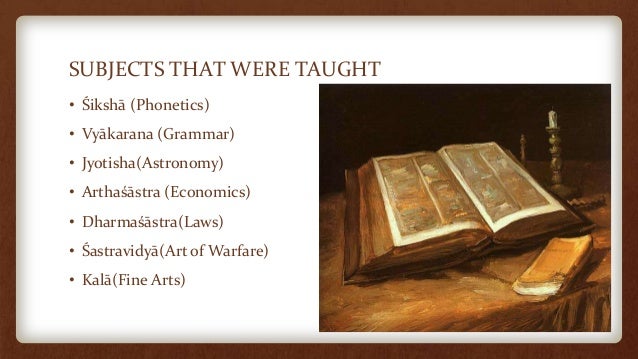
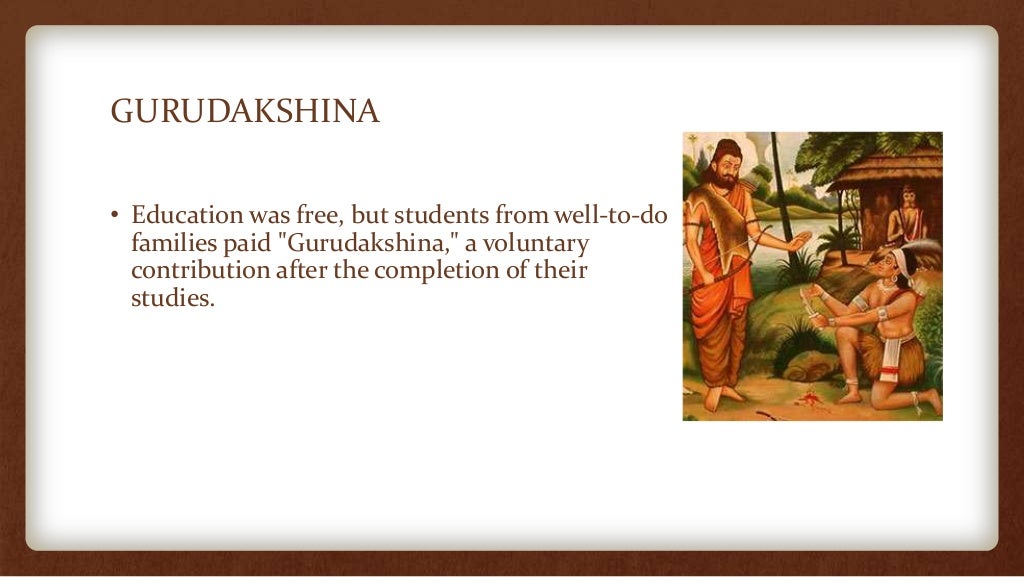
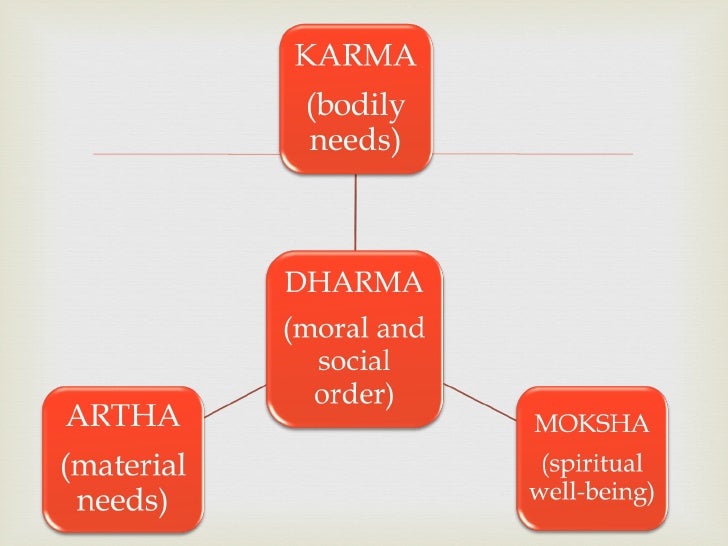
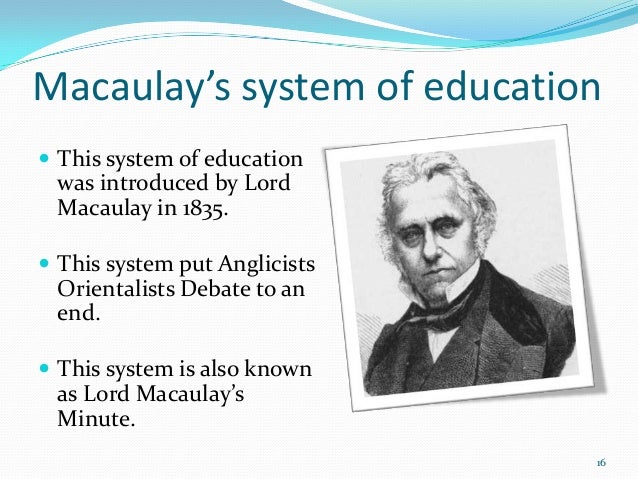

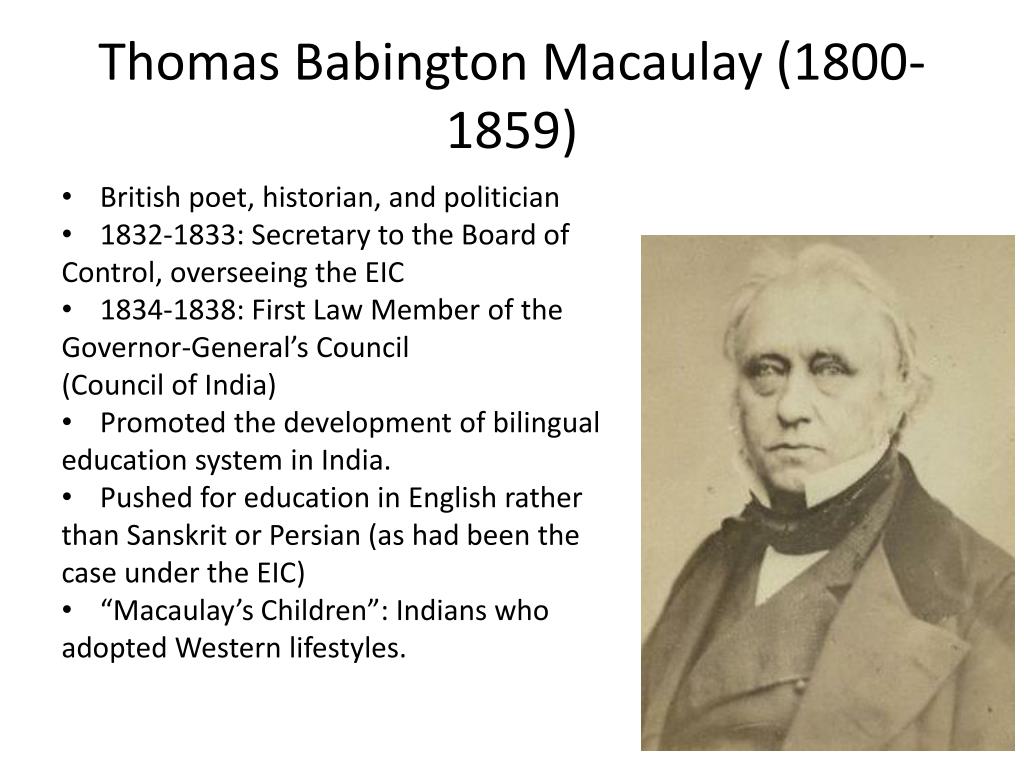
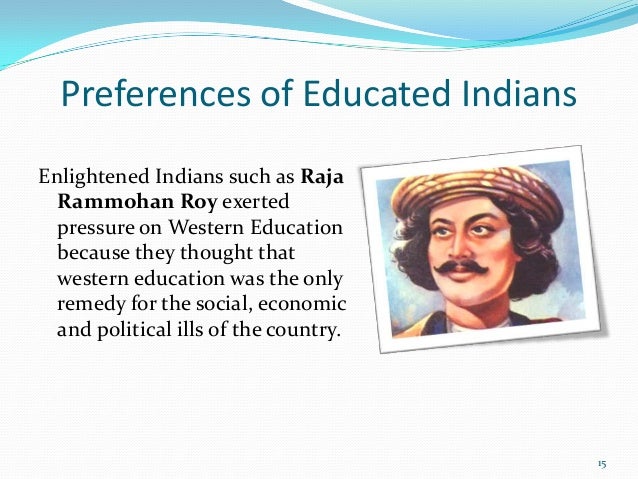
However, in modern times, Indian education has become more sterile; there is a historical reason for this tectonic shift. When the British East India Company (EIC) took over large tracts of India winning wars against local chieftains, they dismantled eliminated local leadership, industries, and financial systems. These are the entities that funded the education and healthcare of local communities. Left without any source of funding, these social facilities appealed to the EIC for funding.
Through the Charter Act of 1813, they promised ₹100,000 at that time (probably equal to US$10B in today’s value) but used these funds to build colleges for Sanskrit and Arabic and libraries to hold printed books of Vedās, Śastras, and Arabic texts. They did not know that, unlike in Britain, Indian learning is through the ear (listening) and the guidance of a teacher. Unlike in Britain, job-oriented skill development was done under the tutelage of an artisan and specialist rather than a college. Besides Sanskrit and Arabic were just languages and did not necessarily job-oriented skills but more enablers for people to learn more and hence beneficial to scholars and not the majority of the population.
In 1835, Thomas Macaulay arrived in India to study the educational system present in the country and propose changes as required. Being an unrepentant racist exclusivist, he disliked Indians because they were not white. He disliked India because it was not England. He disliked Sanskrit and Arabic because they were not English. He disliked Indian civilisation because it was not Anglo-Saxon. Not having studied Sanskrit or Arabic and without any formal training in Indian civilisation, he concluded that “a single shelf of a good European library was worth the whole native literature of India and Arabia.”
With this background, he argued that the ₹100,000 that was budgeted be repurposed to build schools that will teach English and “form a class of persons Indian in blood and colour and English in taste, opinions in morals and in intellect.” In essence, he wanted a cultivate a body of people who will be brainwashed to spew venom on Indian languages, culture, and civilisation in English and raise generations of children with that sort of mentality. Because they looked Indian and appeared scholarly, the rest of India would follow suit to abandon their Indian-ness and become Indian-looking Englishmen.
This almost worked. Realising the flimsiness of Macaulay’s argument, the Governor-General at that time, William Bentinck foresaw the cataclysmic change that these proposals will bring in India. He delayed its implementation till he was closed to leaving his position and took almost a decade to take root. While there was widespread opposition to this idea, it had not translated into widespread protest. This is because a more serious event was taking place. The British introduced new rifles and bullets that were laced with the fat of cows and pigs—considered sacred and dirty by Hindus and Muslims respectively. The soldier had to bite the casing of the bullet and therefore consume some of that fat. This resulted in the First War of Independence against the British where the EIC was almost vanquished. However, the lack of a clear leadership coupled with the support of the Sikhs, Pathans, and Gurkhas, the British prevailed.
This event gave the British Crown the excuse to dismantle EIC and set up a direct rule in India. With that change in administration, Macaulay’s minutes were fully implemented. Indians, their language, and their civilisation was vilified. Christian missionaries were given the freedom to set up schools and colleges, empowered with money, and encouraged to convert the population to Christianity. Ancient community-supported educational structures collapsed and teachers in those environments left to fend for themselves. The objective of these educational changes was to raise a body of citizens who will work for the British as Indian-looking Englishmen to implement British ideas, policies, and goals. They would influence others in society to follow this path to replace their millennia-old civilisation. The educational system would churn out clerks, accountants, and low-skilled students whose only aim was to seek employment.
In one stroke, they tried to kill the entrepreneurial, community, religious, and civilisational spirit of the nation. Many did follow this path but most chose to learn from these forums but remain within the fold of their civilisation. So, at the time of independence, despite the modern equivalent of several hundreds of billions of dollars thrown in to convert Indians and make them intellectual slaves, nearly 85% remained Hindu. Unfortunately, the British did achieve the subsidiary aim of making people intellectual slaves. Fed with poison against their religion, history, and civilisation, several generations of Indians grew up thinking that their religion was evil, their history was patchy, and had not contributed anything to humanity.
Noted historian Ananda Coomaraswamy (1877-1947) would say “Educated Indians – This is how victims of Indian Education are described.” Religious Studies Professor Dr David Gray would observe that “Due to the legacy of colonialism, the exploitation of which was ideologically justified through a doctrine of racial superiority, the contributions of non-European civilizations were often ignored, or, as George Ghevarughese Joseph (mathematician and author) argued, even distorted, in that they were often misattributed as European." Those who went through this system of learning were called Macaulay’s children.
After independence, Prime Minister Jawaharlal Nehru was a Macaulay’s child. Nehru himself confessed publicly that “I was born a Hindu but I do not know how far I am justified in calling myself one or in speaking on behalf of Hindus.” His critics accuse him of being “English by education, Muslim by culture and Hindu by accident.” Since all his energies were spent fighting the British, it would be safe to conclude that he did not have a good understanding of Indian languages, culture, civilisation, or religion. Not did he care too much for them.



/StormingofDelhiBritishLibraryRobanaviaGetty1859-2000x1310--57a9cbad3df78cf459fdbd16.jpg)

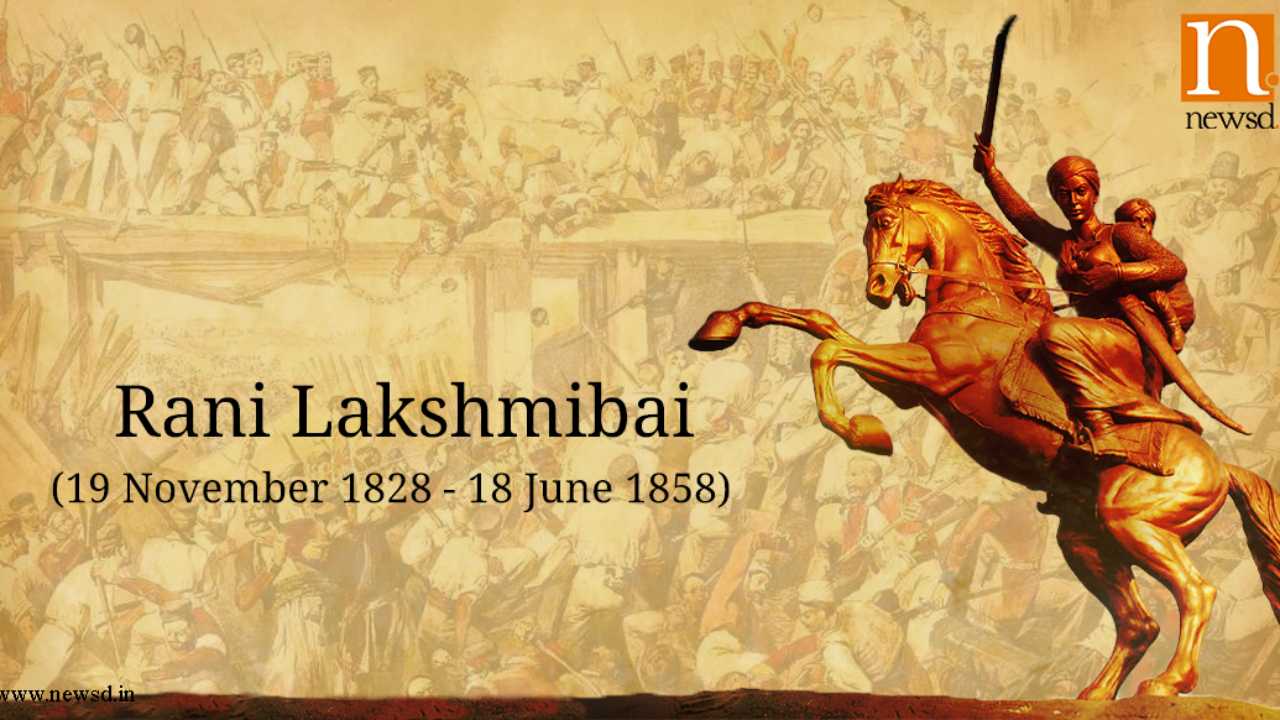
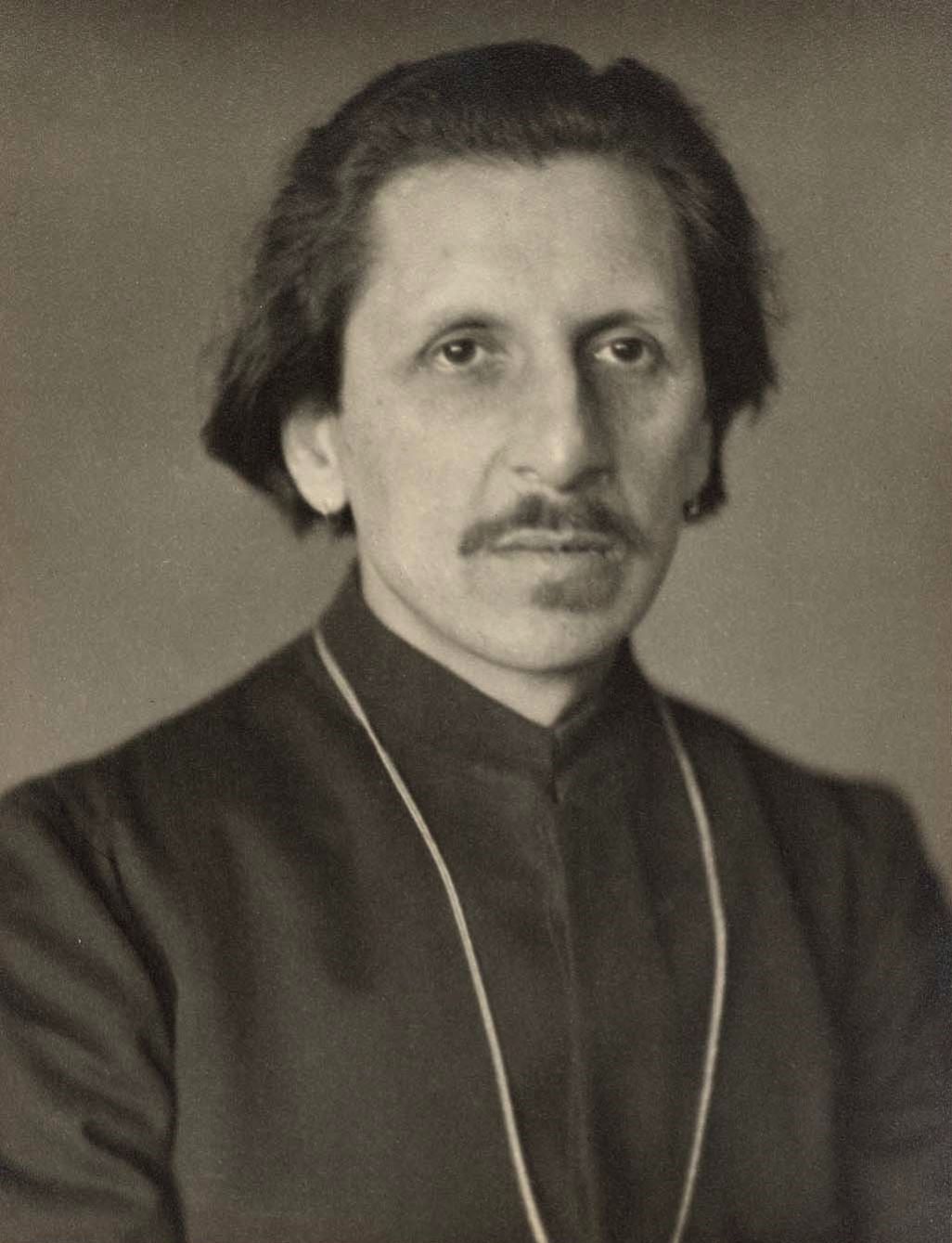

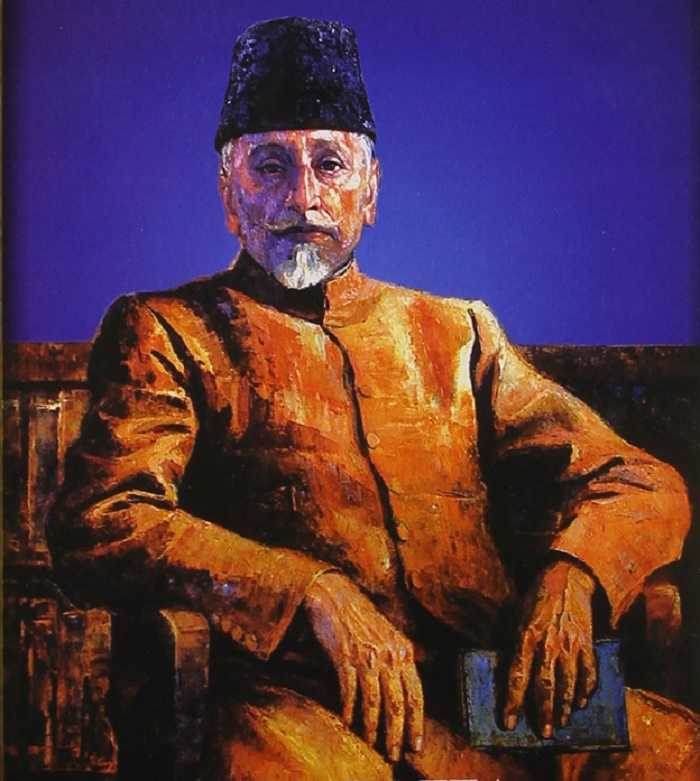

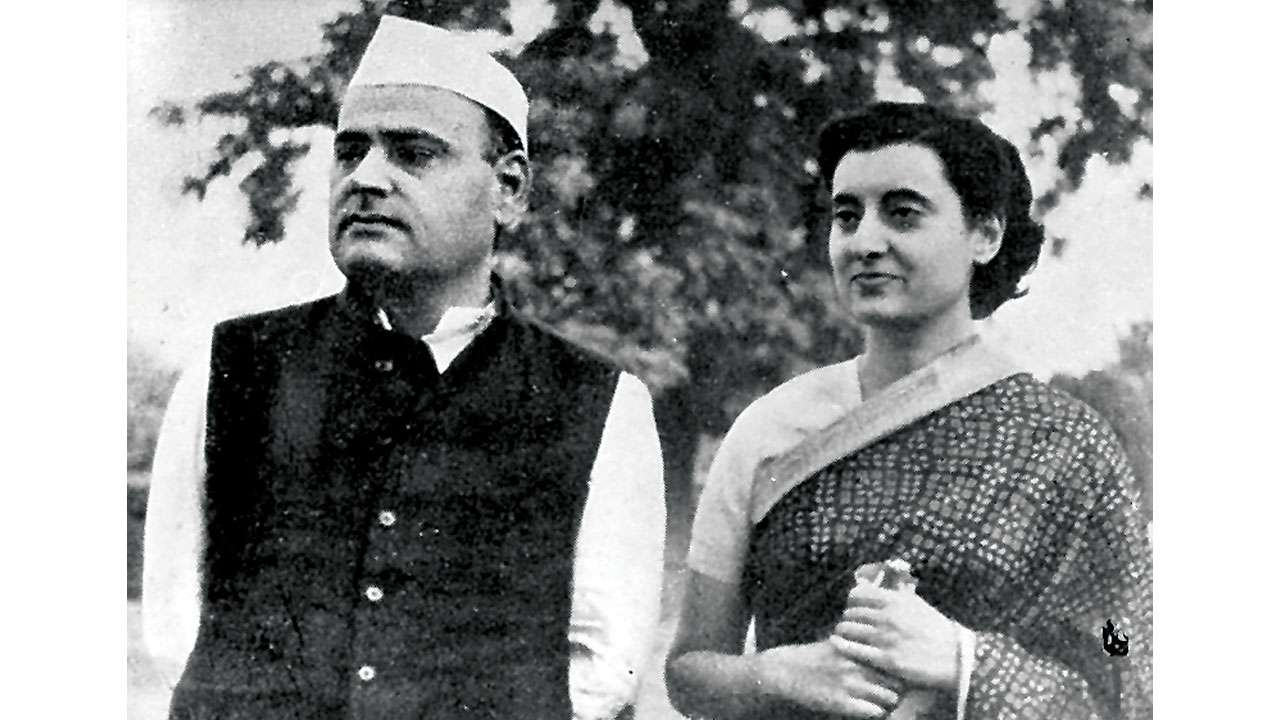

Nehru’s Education Minister was Maulana Abul Kalam Azad, a fervent Muslim who fought with Gandhi and for Hindu-Muslim friendship. As a spokesperson for the Muslims, he opposed the division of India, he opposed Jinnah’s idea of a Muslim Pakistan. However, his critics fault with supporting the Caliphate movement which resulted in the death, rape, and displacement of over 100,000 Hindus in northern Kerala. They say that the syllabus of India carried over the English castigation of Hinduism and never included Hindu heroes, successes, and contributions. They accuse him of glorifying the repressive Islamic rule in India and suppressing the suffering as well as ancient dynasties that fought against such rule. However, during his term, several top-notch engineering (Indian Institute of Technology) was set up in collaboration with various countries. With the guidance of President Sarvapalli S. Radhakrishnan, a world-renown scholar, several medical and research establishments were also started.
In the mid-1960s when Indira Gandhi (daughter of Jawaharlal Nehru who married someone called Feroze Gandy but the name was deliberately changed to Gandhi to have people associate her with M.K. Gandhi) became the Prime Minister, she ceded the control of education to the communists who supported the government from the outside. Their syllabus not only continued what the British did and what Azad was accused of, but they also made it out as if Hindus were responsible for all ills of the country. The whole premise was to memorise and repeat them in various tests. Students were no longer tested on what they understood but were rewarded for what they can remember. While many new colleges were started, the quality of education went down.
Particularly, the employability of graduates plummeted. The focus during this phase was to push through as many students through the system and increase the literacy rate – in 1981, it was 41% for male and 29% for female. In 2017-18, the National Statistical Commission estimated literacy to be 84.7% for males and 70.3% for females; it is easy to achieve these numbers when literacy achievement levels are lowered, and children are passed to the next grade without any exams. Seeing that its teachers with MPhil and PhD were unable to pass the National Entrance Test (NET) to recruit teachers, instead of training teachers better, they decided to abolish the NET instead.
Even after lowering the quality bar for both students and teachers, the Gross Enrolment Ratio is still only 26.3% in 2019. This is partly because of impractical syllabi but also rampant teacher absenteeism—teaching jobs were considered great job creation forum especially in the rural areas. Even so, 95% of all children in 2007 were registered in public schools. In 2014, about 229 million students were present in the public and private school system but only 40% make it to secondary school (grades 9-12).
India has several recognised boards that students can choose from. The most popular is the Central Board of Secondary Education (CBSE) is a centrally administered programme. Exams in English and Hindi are administered with the All India Secondary School Examination (AISSE) at the end of grade 10 and the All India Senior School Certificate Examination (AISSCE) at the end of grade 12. The one favoured by those desiring to study abroad after grade 12 is the Council for the Indian School Certificate Examinations which administers the Indian Certificate of Secondary Education (ICSE) after Grade 10 and The Indian School Certificate (ISC) after Grade 12.
In this format, the students are tested more for their thinking than rote memorisation. The State government boards of education are the most populated because it is the only one available in rural areas where most of the people live. The Central and State boards focus more on rote memorisation and knowing about things rather than thinking about how to solve problems. To retain students in classes, India adopted the policy by Tamil Nadu to feed the children a nutritious noon lunch. Another tactic used to retain many Indian states, instead of creating a more robust system, followed a policy of automatically promoting children every year without any exams. The first test of consequence they will face in their life will be at the end of grade 12.
While this did increase retention, many children naturally don’t do well in that exam--some take the extreme step of committing suicide. In 2019, about 10,335 children committed suicide. Since 1995, 170,000 children committed suicide and over 52% of them were in the past decade.
Education being so important to Indians, this situation spawned a new private school industry teaching 29% of all children valued at USD450 million in 2013 and expected to reach USD 40B. However, this industry is heavily regulated curbing the syllabi, teaching process, and methodology. The government wants private schools to be run as a non-profit and the regulations almost seem like they want the private schools to become government schools; only more expensive.
In 2019, among higher education, India had over 900 universities and 40,000 colleges. A majority of the seats in these institutions are reserved to fit India’s affirmative action. This reservation system aims to block a majority of seats for children based on their birth into families. This system continues this favouritism into the future with no exit points. Critics of this reservation policy say that it makes children of these family backgrounds dependent on support to thrive. Observers who support this system say that the rich people with these backgrounds (called the creamy layer) take away all the benefits denying the poorer one of any advancement takes away all the benefits. However, all critics agree that giving reservation during education, followed by reservation in higher education, in job placements, as well as promotions are no longer about helping the communities but politics. They say that it is hurting the country more than it helps these communities.


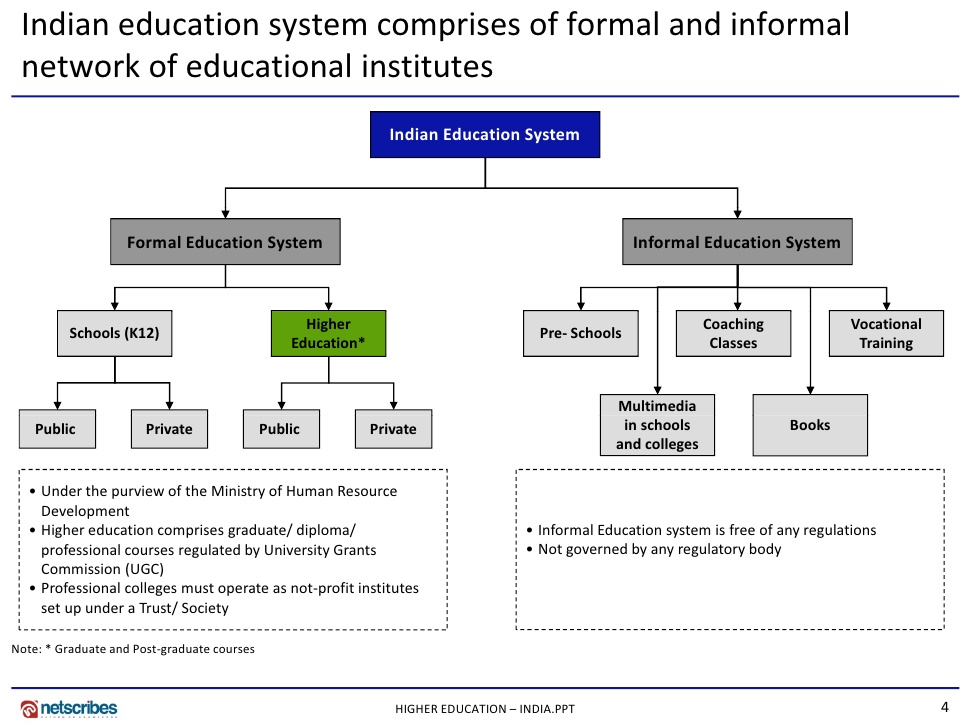
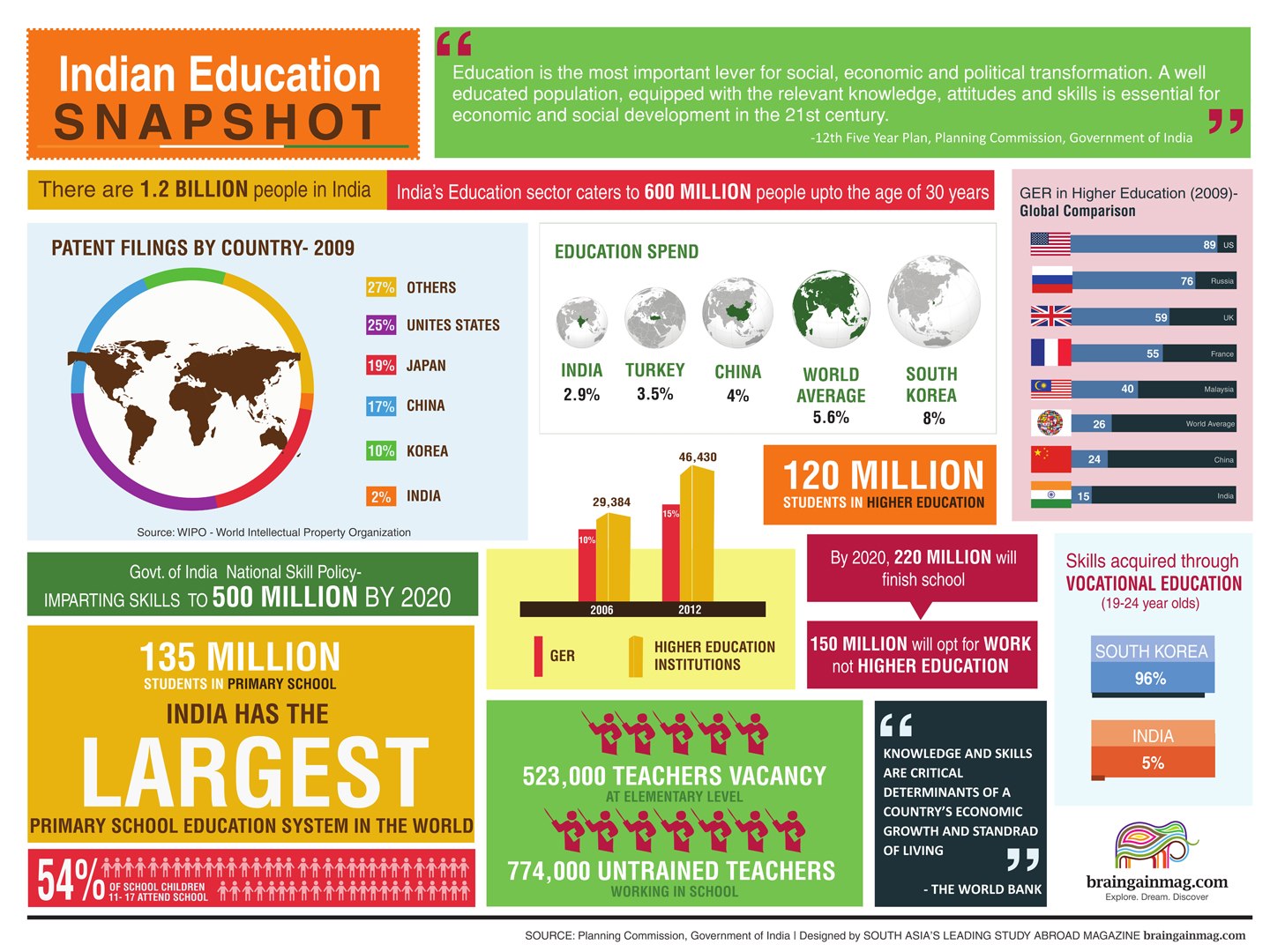

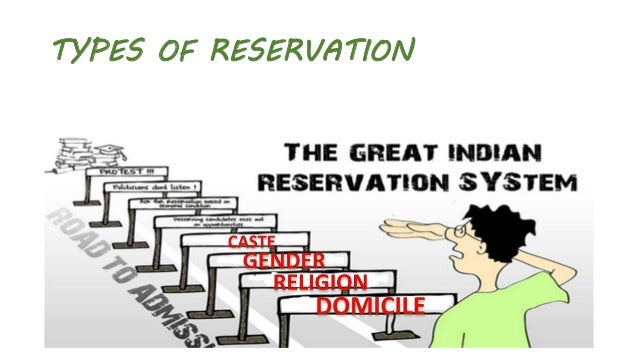

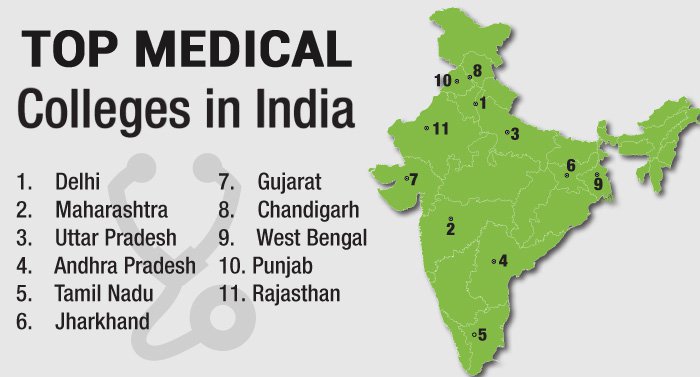


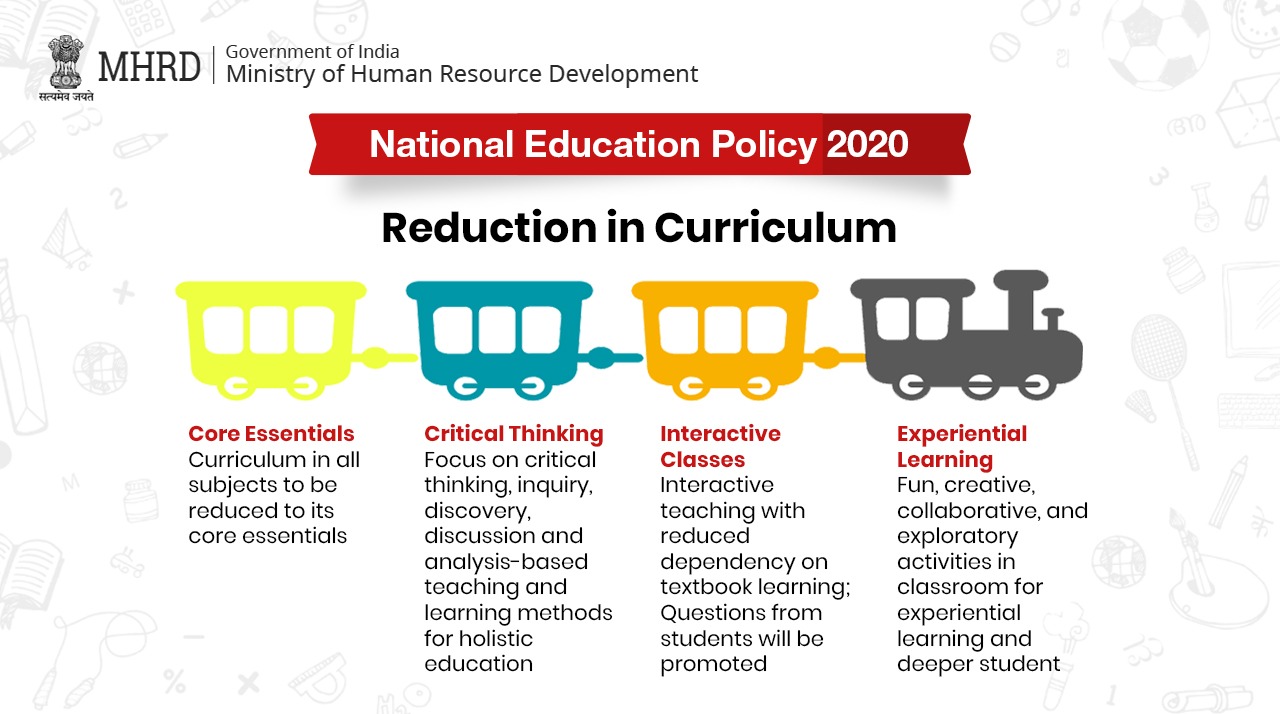
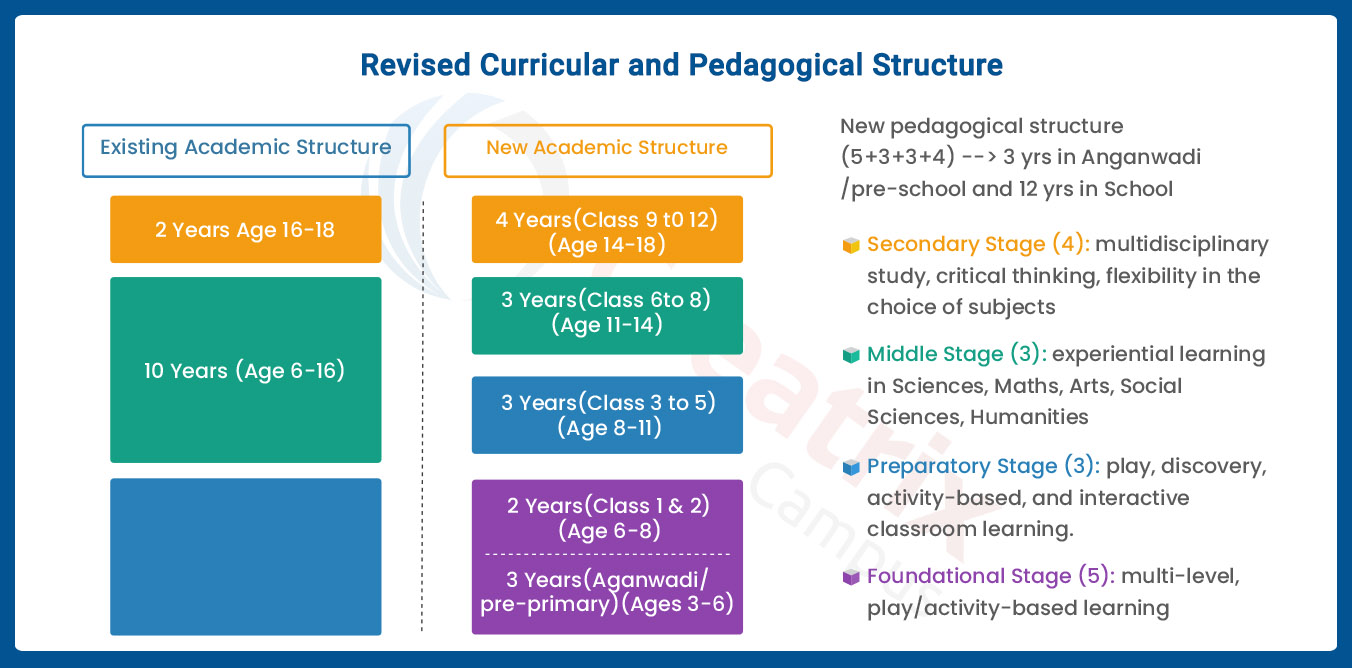
India has several institutions of great repute. The Indian Institute of Technology, the National Institute of Technology, and the Indian Institute of Information Technology are world-renowned institutes for producing great engineers. Indian Institute of Science (IISc) Indian Association for the Cultivation of Science (IACS), Tata Institute of Fundamental Research (TIFR), Harish-Chandra Research Institute (HRI), and Indian Institute of Science Education and Research (IISER) are some of the well-known institutions for higher studies and research in basic sciences and mathematics. The 21 All India Institute of Medical Sciences are the best government schools for medical education. In addition, there are several private medical colleges.
There are also some specialised institutes such as the Indian Institute of Space Science and Technology, Indian Institute of Metals, Indian Institute of Architects, etc. The Board of Open Schooling and Skill Education, Sikkim (BOSSE), The National Institute of Open Schooling (NIOS), and Indira Gandhi National Open University (IGNOU) are institutions that allow for home-schooling and continuing education at all levels.
In 2020, India announced a new National Educational Policy (NEP 2020) that aimed to address all the issues of the present educational system. It aims to make education India-centric and transform the country into a knowledge society. To achieve all this, it proposes to increase the education budget from 3% to 6% of the GDP as soon as possible. The previous policy was introduced in 1986 and probably caused more problems. The new policy is more a set of advisories allowing states to pick and choose what is best for the children in their domain. It introduces options for vocational training and gives freedom in the language of instruction and learning.
It provides a format that is seen as 5+3+3+4 (or 5+3+3+2+2 or 3+2+3+3+2+2) that includes Pre-primary schooling of 5 years that includes 3 years of activity-based learning; 3 years from grades 3-5 where the focus will be on health, analytical skills, mathematical approach, reasoning, logical thinking and creative thinking; from class 6th onwards for 3 years, the focus will be on sciences, mathematics, arts, social sciences, and humanities, etc; grades 8-12 can be divided into two parts 9-10 and 11-12 and can focus on vocational training.
Instead of exams or lack thereof every year, there will be only three exams—grades 2, 5, and 8. In addition, exams in grade 10 and 12 will continue but in a different format. There will be two exams in the final four years conducted by an assessment body PARAKH (Performance Assessment, Review and Analysis of Knowledge for Holistic Development). The exams themselves will be two parts – objective and descriptive. The curriculum load will also be lighter and students can pick and choose what subjects they want. Most importantly, a nutritious breakfast is also added for the students.
Under-graduate studies would be up to 4 years with multiple exit options: a certificate after completing the first year, a diploma on finishing the second year, a bachelor’s degree on completing the third year, and an interdisciplinary degree after the fourth year. Courses can include professional and vocational courses and the student is free to choose what they want to study.
Further, multiple bureaucratic agencies such as National Council for Teacher Education, All India Council for Technical Education, and the University Grants Commission into one Higher Education Grants Council (HEGC). Significantly, the new policy also refers to “merit-based” college admission criteria. While most academicians have welcomed it, predictably, some politicians who were the creators of the present system opposed it. While most forward-thinking citizens welcomed the new policy, it remains to be seen how it will be implemented.
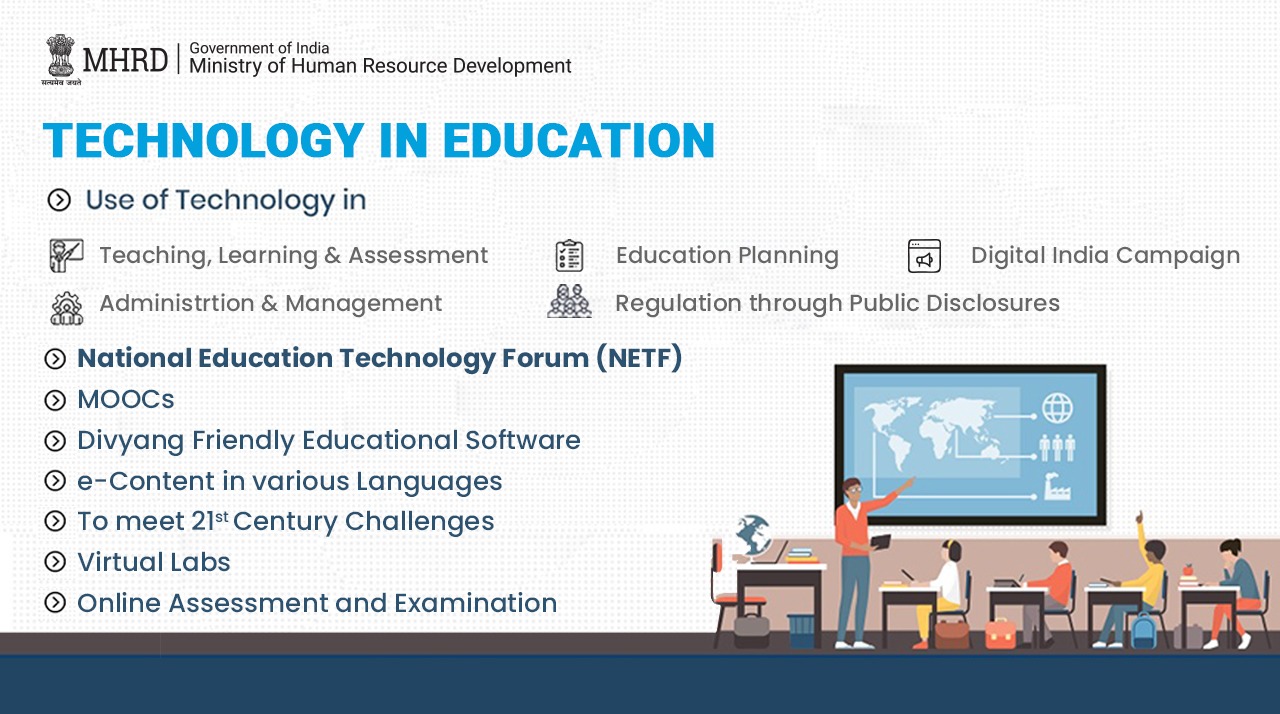
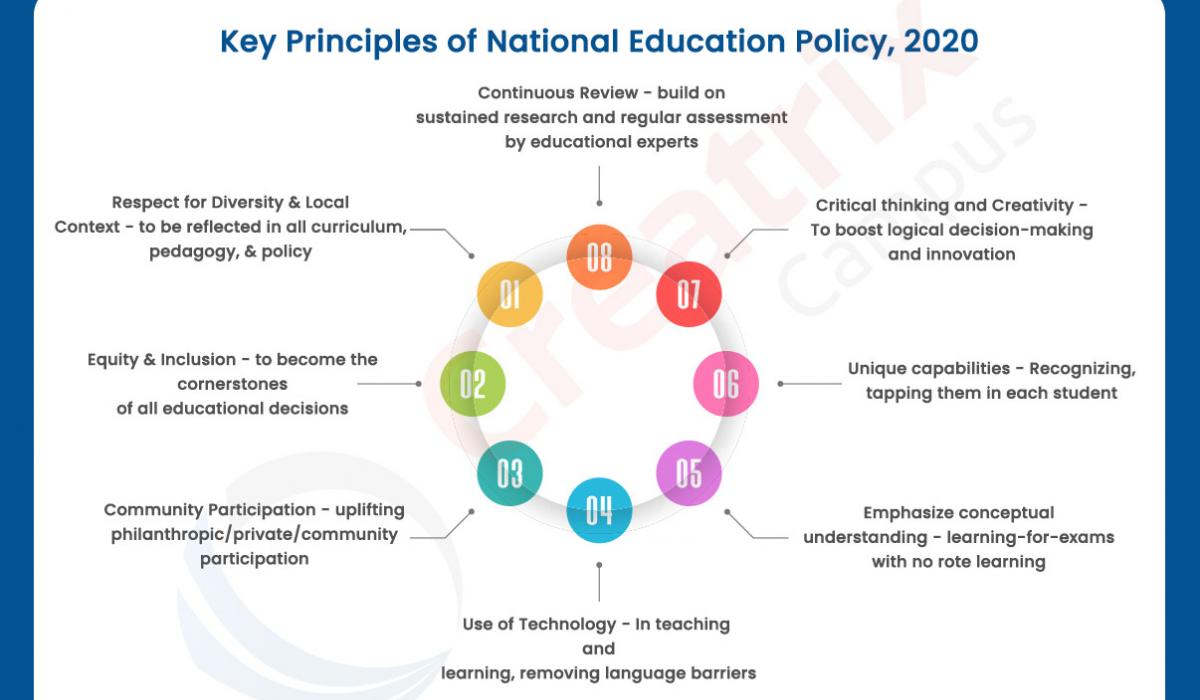
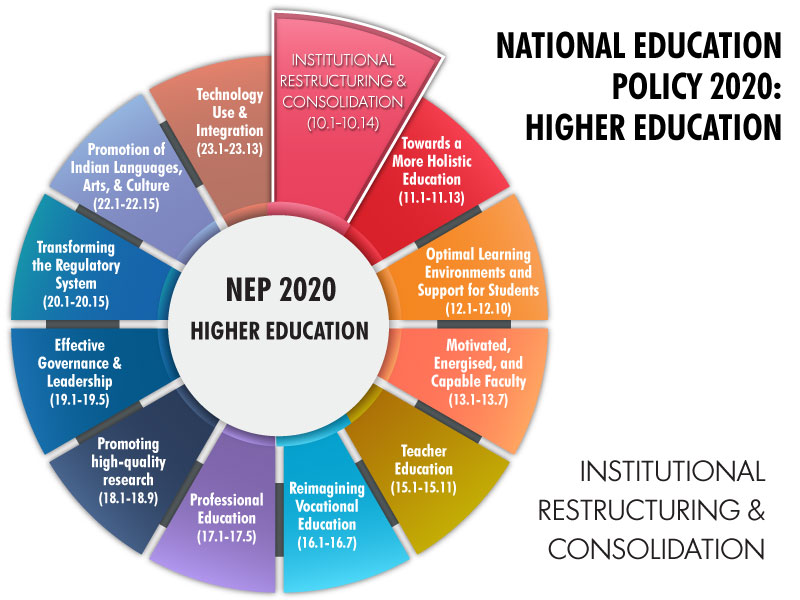

About
For millennia, India was the teacher of the world. Students from China, Persia, Greece, Rome, Egypt, Israel, Thailand, Vietnam, Cambodia, Indonesia, and Laos studied in various Indian universities and carried their learning home. However, in modern times, Indian education has become more sterile; there is a reason for it. But, the new education policy promises to change all that.
Related Articles
Government Sites
Organisations
Advanced Research
- Indian Institute of Science
- Tata Institute of Fundamental Research
- All India Institute Of Medical Sciences, New Delhi
- Post Graduate Institute of Medical Education and Research, Chandigarh
- Indian Veterinary Research Institute, Bareilly
- Indian Veterinary Research Institute, Bareilly
- Centre for Studies in Social Sciences
- Tata Institute of Social Sciences
- Indian Agricultural Research Institute (IARI), New Delhi
- National Film Archive of India (NFAI), Pune
- Indian Institute of Mass Communication (IIMC), New Delhi
Indian Institute of Technology (IIT)
- Bombay (Mumbai), Maharashtra (1958)
- Bhilai, Chhattisgarh (2016)
- Bhubaneswar, Odisha (2018)
- Madras (Chennai), Tamizh Nādu (1959)
- Delhi, Delhi (1961)
- Dhanbad, Jharkhand (1926)
- Dharwad, Karnataka (2016)
- Gandhinagar, Gujarat (2008)
- Goa (2016)
- Guwahati, Assam (1994)
- Hyderabad, Telangana (2018)
- Indore, Madhya Pradesh (2009)
- Jammu (2016)
- Jodhpur, Rajasthan (2008)
- Kanpur, Uttar Pradesh (1959)
- Kharagpur, West Bengal (1951)
- Mandi, Himachal Pradesh (2009)
- Palakkad, Kerala (2015)
- Patna, Bihar (2018)
- Roorkee, Uttarakhand (1847)
- Ropar, Punjab (2008)
- Tirupati, Andhra Pradesh (2015)
- Varanasi (BHU), Uttar Pradesh (1919)
Indian Institute of Management (IIM)
- Ahmedabad, Gujarat (1961)
- Amritsar, Punjab (2015)
- Bangalore (Bengaluru), Karnataka (1973)
- Bodh Gaya, Bihar (2015)
- Calcutta (Kolkata), West Bengal (1961)
- Indore, Madhya Pradesh (1996)
- Jammu (2016)
- Kashipur, Uttarakhand (2011)
- Kozhikode (Calicut), Kerala (1996)
- Lucknow, Uttar Pradesh (1984)
- Nagpur, Maharashtra (2015)
- Raipur, Chhattisgarh (2010)
- Ranchi, Jharkhand (2010)
- Rohtak, Haryana (2010)
- Sambalpur, Odissa (2015)
- Shillong, Meghalaya (2007)
- Sirmaur, Himachal Pradesh (2015)
- Tiruchirappalli, Tamizh Nādu (2011)
- Udaipur, Rajasthan (2011)
- Visakhapatnam, Andhra Pradesh (2015)
Indian Institute of Information Technology (IIIT)
- Agartala, Tripura (2018)
- Allahabad (Prayagraj), Uttar Pradesh (1999)
- Bhagalpur, Bihar (2017)
- Bhopal, Madhya Pradesh (2017)
- Guwahati, Assam (2013)
- Dharwad, Karnataka (2015)
- Gwalior, Madhya Pradesh (1997)
- Jabalpur, Madhya Pradesh (2005)
- Kalyani, West Bengal (2014)
- Kancheepuram, Tamizh Nādu (2007)
- Kharagpur, West Bengal (1951)
- Kota, Rajasthan (2013)
- Kottayam, Kerala (2015)
- Kurnool, Andhras Pradesh (2015)
- Lucknow, Uttar Pradesh (2015)
- Mantripukhri, Manipur (2015)
- Nagpur, Maharashtra (2016)
- Pune, Maharashtra (2016)
- Raichur, Karnataka (2019)
- Ranchi, Jharkhand (2016)
- Sonepat, Haryana (2014)
- Sri City, Andhra Pradesh (2013)
- Surat, Gujarat (2017)
- Tiruchirappalli, Tamizh Nādu (2013)
- Una, Himachal Pradesh (2014)
- Vadodara, Gujarat (2013)
All India Institutes of Medical Sciences (AIIMS)
- Bathinda, Punjab (2015)
- Bilaspur, Himachal Pradesh (2020)
- Bhopal, Madhya Pradesh (2012)
- Bhubaneswar, Odisha (2012)
- Changsari, Assam (2020)
- Bibinagar, Telangana (2019)
- Darbhanga, Bihar (not started)
- Deoghar, Jharkhand (2019)
- Gorakpur, Uttar Pradesh (2019)
- Jodhpur, Rajasthan (2012)
- Kalyani, West Bengal (2019)
- Madurai, Tamizh Nādu (not started)
- Manethi, Haryana (not started)
- Mangalagiri, Andhra Pradesh (2014)
- Nagpur, Maharashtra (2018)
- New Delhi, Delhi (1956)
- Patna, Bihar (2012)
- Raebareli, Uttar Pradesh (2013)
- Raipur, Chhattisgarh (2012)
- Rajkot, Gujarat (2020)
- Rishikesh, Uttarakhand (2012)
- Vijay Pur, Jammu & Kashmir (2020)














